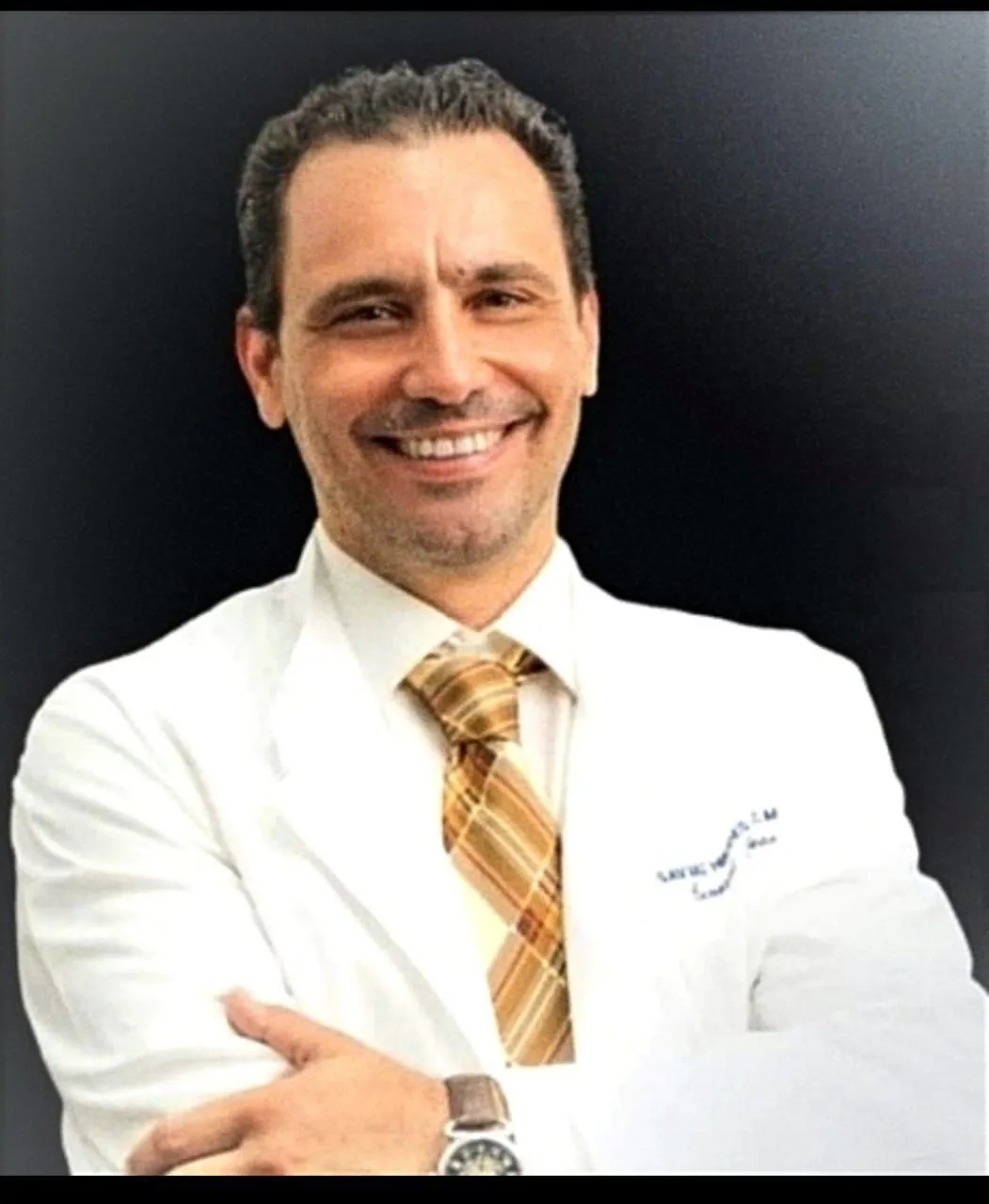- 802
- 5
Root Canal vs. Tooth Extraction: Pros and Cons
Root canal treatment preserves the natural tooth structure by removing infected or damaged tissue from within the tooth. Tooth extraction involves complete removal of the tooth from the socket, which can lead to loss of function and aesthetics. Root canalSee More
About the Speaker
Dr. Ambika Sigadam
Alumni - Vishnu Dental College
Co-founder, MDS Conquer Hospital, Hyderabad
Upcoming Case Discussions

Technical Tips for Safer Robotic Large Paraesophageal Hernia Repairs

Understanding Clinical Evidence: How Doctors and Industry Read Data Differently

Neonatal Hypoglycemia: Diagnosis, Monitoring, and Management

Adult Immunisation- Need for Today

Childhood Obesity Pathogenesis and Treatment

How to Become a Leader & Succeed in Healthcare

Airway Stenosis Management: Dilatation, Stenting, and Ablation
